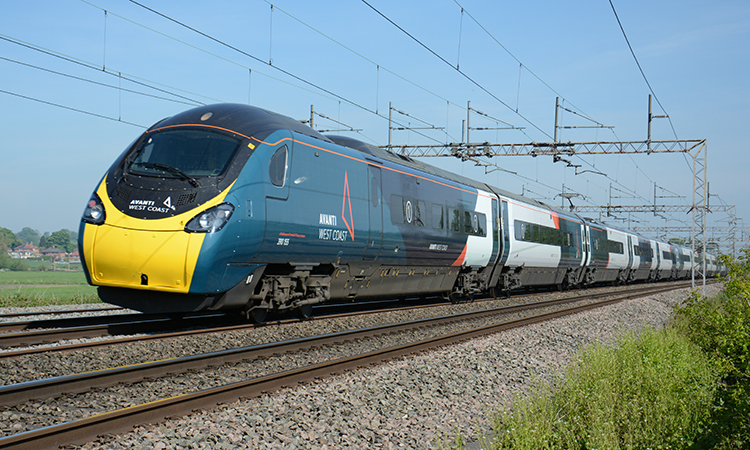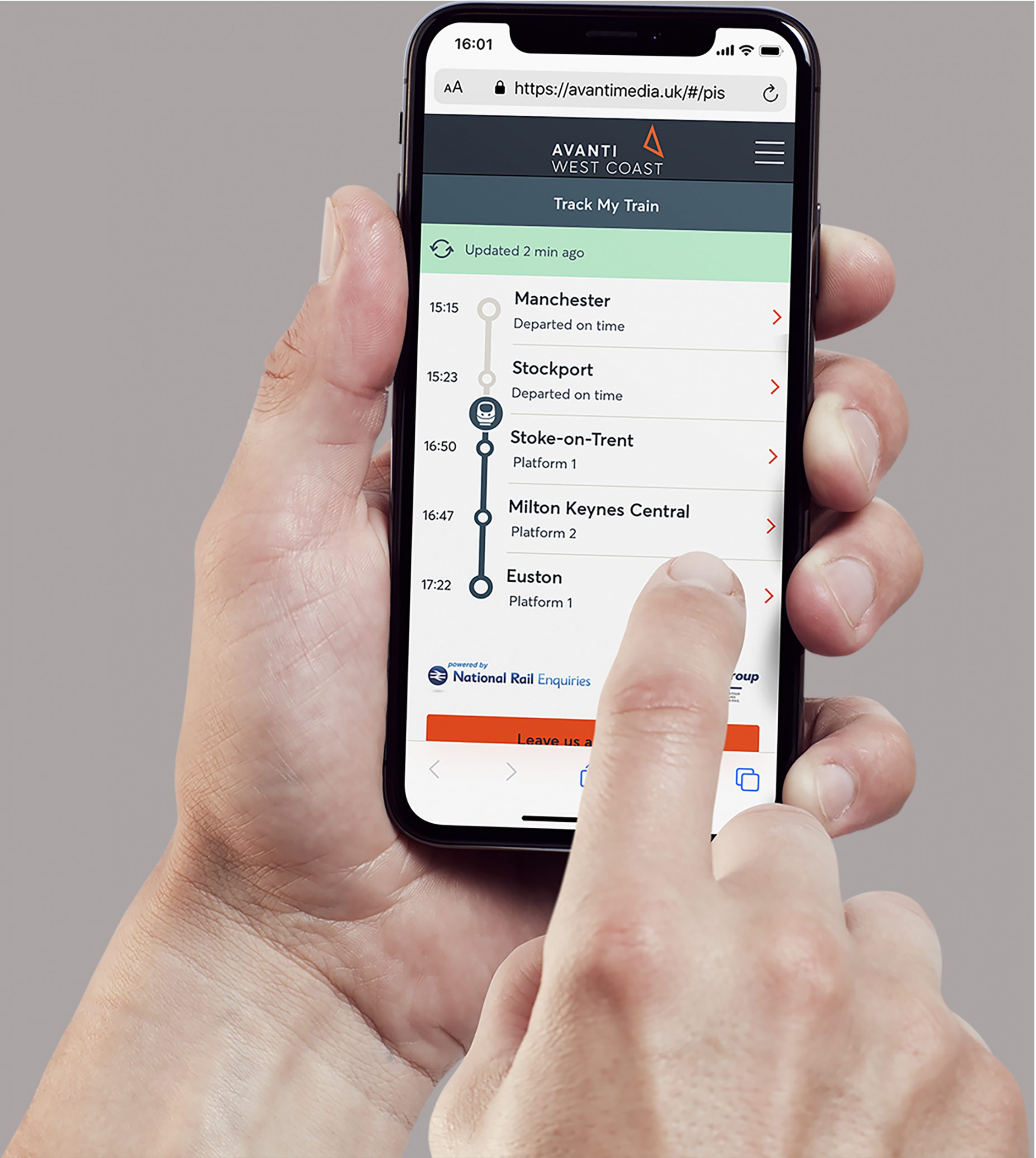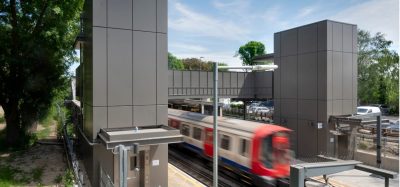Developing, improving and building on Avanti West Coast’s on-board connectivity services
Posted: 3 March 2021 | Bob Powell | 1 comment
Bob Powell, Customer Proposition Director at Avanti West Coast, works closely with the Digital Technology Team on improving connectivity and Wi-Fi on-board trains which serve the West Coast Main Line. For Global Railway Review, he details the strategies for providing a seamless connection and reliable internet service that is so crucial to delivering a positive passenger experience.


We know that the main priorities for our customers are to get to their desired destination on time, safely and smoothly. But good quality Wi‑Fi is also expected by those who travel on the West Coast Main Line.
At Avanti West Coast, we offer our customers the ability to get online through our dedicated on-board Wi-Fi. The network uses standard filtering controls so that you can’t stream (because the Wi-Fi is across a mobile network) or watch inappropriate content.
The way our on-board Wi-Fi works is similar to having a modem at home. But the difference is that we use a mobile phone signal that utilises various networks while travelling through locations.
On-board, there are two communication cabinets located in different carriages which contain hardware that runs the Wi-Fi. The signals are transmitted to the hardware and are aggregated to get the best speed for customers. Customers are provided with a 2MB connection, making it more consistent, and this is enough for every customer on-board to do what they need to do.
Previously, the Wi-Fi on-board was considerably slower, but it has improved significantly, due to both increased coverage by mobile network operators and also an upgrade programme which was completed on our fleet two years ago.
We know that the main priorities for our customers are to get to their desired destination on time, safely and smoothly. But good quality Wi‑Fi is also expected by those who travel on the West Coast Main Line.
At Avanti West Coast, we offer our customers the ability to get online through our dedicated on-board Wi-Fi. The network uses standard filtering controls so that you can’t stream (because the Wi-Fi is across a mobile network) or watch inappropriate content.
The way our on-board Wi-Fi works is similar to having a modem at home. But the difference is that we use a mobile phone signal that utilises various networks while travelling through locations.
On-board, there are two communication cabinets located in different carriages which contain hardware that runs the Wi-Fi. The signals are transmitted to the hardware and are aggregated to get the best speed for customers. Customers are provided with a 2MB connection, making it more consistent, and this is enough for every customer on-board to do what they need to do.
Previously, the Wi-Fi on-board was considerably slower, but it has improved significantly, due to both increased coverage by mobile network operators and also an upgrade programme which was completed on our fleet two years ago.
How does a passenger connect on-board?
A passenger would connect by simply going into their Wi-Fi settings and choosing our Service Set Identifier (SSID). Then, what we call a ‘captive portal’ would appear, which would display a sign-up page for those who have not used it before or, for returning customers, a welcome back page.
Once their details are in, the user is able to access the internet and are directed to the Avanti West Coast landing page.
What can passengers do when connected?
Customers are able to access their email and, obviously, the internet. We also have our onboard entertainment1, Avanti Media, which offers a selection of TV, films, magazines and newspapers.
The network utilises a mobile phone repeater, which amplifies signals between a mobile phone and the onboard Wi-Fi, enhancing coverage in situations where the mobile phone network signal is weak.
We recently completed a 10-week trial of ‘At Seat’ ordering, where customers order refreshments through a dedicated Avanti West Coast website and it gets delivered to their seat, or they can collect it. The feedback following the trial was overwhelmingly positive, with the majority of customers stating that the service was good or excellent. Work is now beginning on developing the service following these results.


‘Track My Train’ enables Avanti West Coast passengers to follow the progress of the service they’re travelling on in real-time, using their own personal device.
We have also launched an on‑board service called ‘Track My Train’, which enables customers to follow the progress of the service that they’re travelling on in real-time, using their own personal device. Accessed exclusively through Avanti West Coast’s Wi-Fi homepage, Track My Train brings together live updates of a train’s journey and onward connections, tailoring it to each customer’s journey.
To stay up to date, onboard customers simply connect their device to the Wi-Fi and select the ‘Track My Train’ icon. The tool auto-populates information relating specifically to the customer’s journey.
The onboard service uses live data from industry systems to show exactly where a train is, estimated arrival times along the route, any disruptions and departure details for other rail services – all in one place. Therefore, customers can check the status of their journey without having to switch between screens or filter information.
How is it a revenue stream and how does it improve the on-board experience?
From our data, around 90 per cent of our customers say that Wi-Fi is ‘important’ or ‘very important’ to their journey. We know what people use it for – mostly for checking and writing emails, social media, following the news, listening to music and tracking their journey. Reliable connectivity is also paramount for people travelling for work who want a productive journey time. For leisure travellers, keeping in touch with social media and browsing the internet can be important for a relaxing and enjoyable journey.
Good connectivity onboard encourages people to use rail and keep coming back to us. For example, if a person has a choice between travelling by car or by train, we know that quality Wi-Fi is an important factor in favour of them using the train.
Additionally, any business would be scrutinising their travel budgets, and the level of connectivity onboard could come into play. Why would you travel for a business meeting in a car when you could use that time for something more productive on a train? So, when you weigh up the alternatives, it ticks all those boxes as to why you might opt for rail.
What are the challenges and how do we deal with cyber-security?
We undertake regular trials: What is known as penetration testing, which is, in theory, a hacker trying to infiltrate and compromise the network. There is also a system in place where passenger numbers are constantly monitored, as well as the amount of people trying to get onto the pages to spot spikes and unusual activity.
We’ve also seen challenges with various operating systems on different devices that interact with our network – in some cases, blocking the captive portal, affecting how the customer can get onto the network. We’ve had to be agile in resolving this.
But, one of the big challenges that we have is expectation. Customers will go into a coffee shop and they will have an amazing experience. Then they jump onto a train and say: “Why am I not getting the same experience as I do at the local coffee shop?”, and the reason for that is that we are using a mobile phone signal. We’ve all experienced a dead spot where a signal drops out or coverage is not great. If you are using a mobile phone signal going between masts, you will inevitably get drop-outs going through tunnels or where there is no coverage – and we are looking at how we can improve this in the future.
A seamless future?
We are exploring a seamless connection from station to train. At the moment, if you sign up in a station, you then have to sign up again when you are onboard. What we would like is to have a smooth transition from station to onboard, where the user will move across and be automatically reconnected, without the need to sign in again.
We want to develop, improve and build on this, like all of the work that we are doing in this sector at Avanti West Coast.


Issue
Related topics
Cyber-Security, Digitalisation, Operational Performance, Passenger Experience/Satisfaction, Technology & Software, Wi-Fi








Great read and a great insight into what rail will look like post covid. The Cyber security challenges are noteworthy point, especially around hacking and the use of penetration tests. This makes sense for external threats in the here and now, but what about the subcontractors delivering these services in a economic down turn? would’ve been good to understand what risk mitigation is in place to continue service should the supplier fail as this would impact customer experience no doubt.